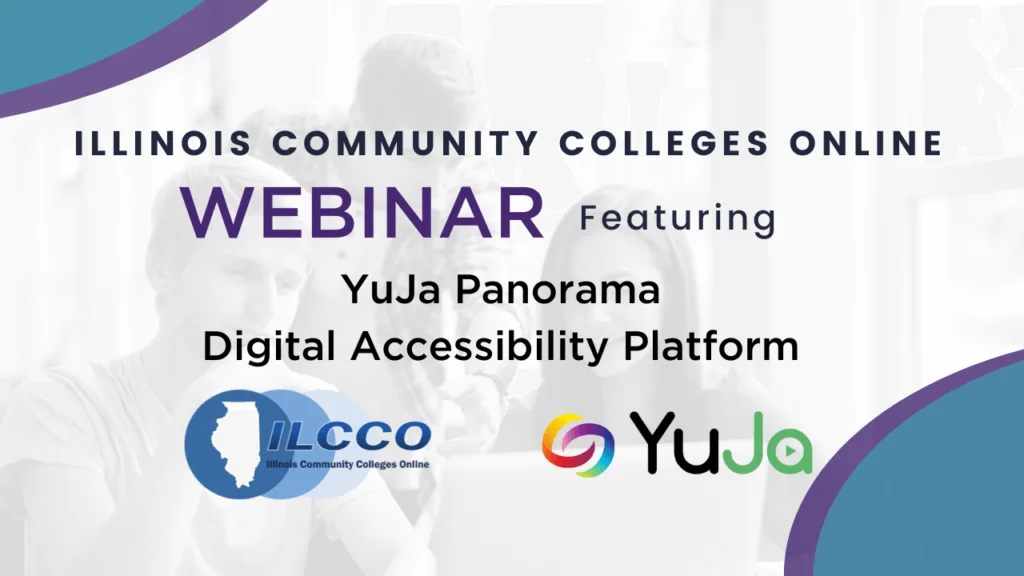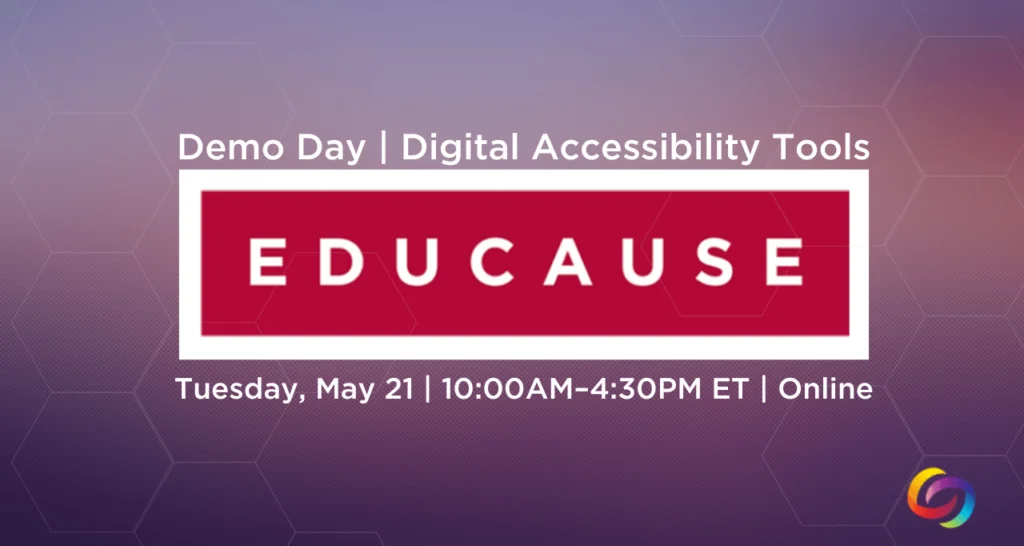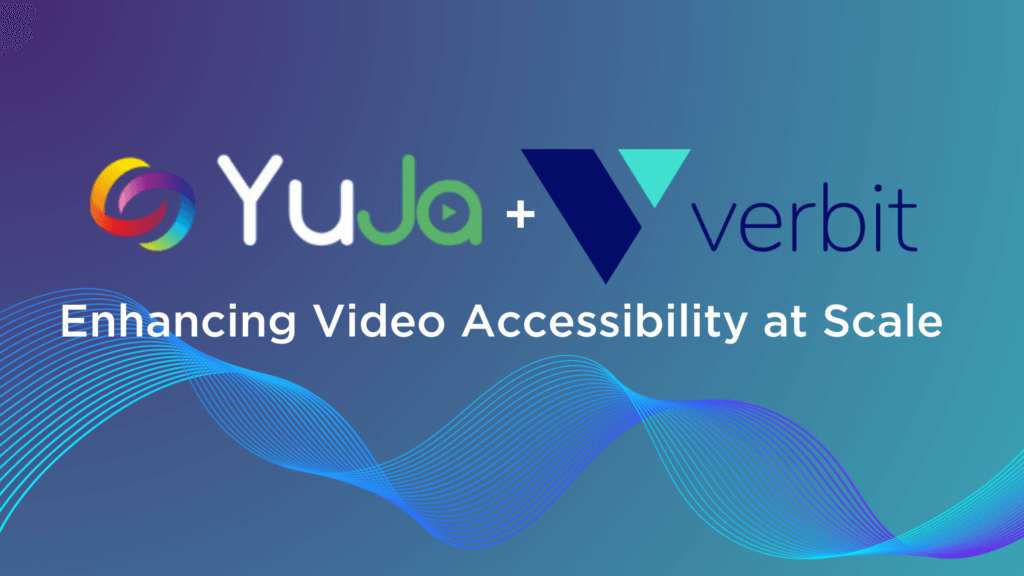Behind the scenes is a complex process known as transcoding, which enables creators to allow quality adjustments to fit different devices and connection speeds. The benefit is that learners or viewers don’t have to miss out regardless of how they consume content.
Figuring out the Basics: First, the system looks at the details of your file, including the file type, how clear the picture is, and what kind of technology was used to create it.
Choosing the Right Translator: Then, it picks the best way to translate your file for what you want. This process could be compared to choosing the right language translator for a specific conversation.
Making the Translation: Next, the file is translated using the chosen method. During this process, unnecessary data is removed to make the file smaller, but the quality remains good.
Creating the New File: The system then puts together a new file that’s ready to work on the device or platform you want to use. The new version will be a perfect fit for where you want it to play.
With transcoding, you have a new file with the right settings needed for a great viewing or listening experience.
Transcoding is constantly happening in the background, which allows viewers to have a good experience, free of things like continuous buffering. If you’re live streaming or provide video-on-demand, transcoding improves performance by creating multiple versions optimized for devices and network conditions. It adapts video content to suit the viewer’s device, network conditions, and preferences, optimizing the user experience.
It provides:
- Quality Adjustment: Transcoding allows you to adjust the quality of your video to suit different viewing scenarios. You can create high-quality versions for big screens and lower-quality versions for mobile devices or slower internet connections
- Reduced Buffering: By adjusting the video’s bitrate in real-time based on the viewer’s internet speed, transcoding minimizes buffering and ensures a seamless viewing experience. This is especially critical for live-streaming events where buffering can lead to missed moments.
- Content Delivery: Transcoding can be used to prepare your video for efficient delivery through content delivery networks, allowing viewers worldwide to access your content quickly and reliably.
- Storage Savings: Transcoding reduces the storage space required for your video files. You can store a single high-quality master copy and generate lower-quality versions on the fly when needed.









